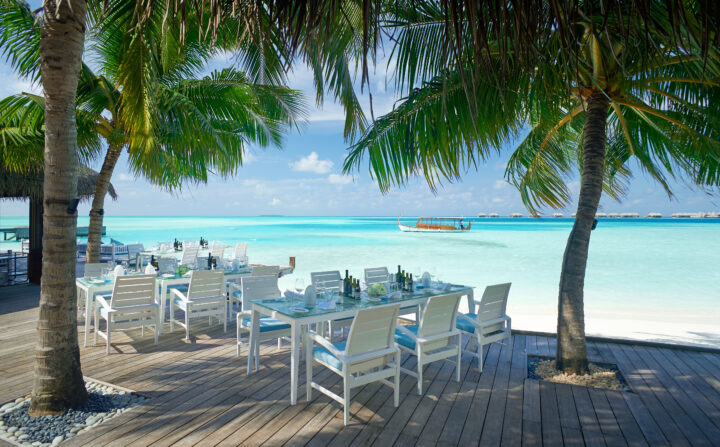
Maldives sees decreases across the 3 key performance metrics: STR
[vc_row][vc_column][vc_column_text]Asia Pacific hotel performance for Q3 2016, September 2016
Hotels in the Asia Pacific region recorded mixed Q3 2016 results when reported in U.S. dollar constant currency, according to data from STR.
Compared with Q3 2015, the Asia Pacific region reported a 1.9% increase in occupancy to 71.3%. However, average daily rate was down 1.9% to US$97.34, and revenue per available room (RevPAR) was nearly flat (-0.1% to US$69.44).
Maldives reported decreases across the three key performance metrics. Occupancy fell 6.5% to 61.3%, ADR was down 6.8% to MVR7,612.88 and RevPAR dropped 12.8% to MVR4,665.35.
Occupancy has decreased year over year for nine straight quarters in the country. STR analysts suggest that a shift in tourism demand may be a reason behind the overall declines. While total tourist arrivals were up 2.3% through August, the number of visitors from Maldives’ top feeder market (China) decreased by 11.5%, according to the country’s Ministry of Tourism.
Two countries, Indonesia and Australia featured in the STR Q3 data showed an increase in occupancy, although all three key performance metrics did not show growth.
Indonesia saw a 5.0% increase in occupancy to 64.5%, but a 7.7% drop in ADR to IDR1,067,144.50 dragged RevPAR down 3.1% to IDR688,492.00. The country has experienced year-over-year occupancy increases for three straight quarters. However, ADR has fallen year over year in each of those quarters. According to STR analysts, a 4.9% year-to-date increase in supply and a heavy development pipeline have contributed to pricing competition and lower ADR in the country.
Melbourne, Australia, recorded increases in occupancy (+1.5% to 82.9%) and RevPAR (+0.9% to AUD146.91). ADR was down 0.6% to AUD177.23. The absolute occupancy level was the highest for any Q3 on record in Melbourne. According to Tourism Victoria data through June, international visitors (+12.6%) and international spending (+19.7%) grew by double digits in Melbourne. STR analysts note that similar figures through September would explain a 3.5% year-to-date increase in demand in the market.
The Philippines experienced nearly flat occupancy (-0.4% to 65.7%). However, a 2.0% rise in ADR to PHP5,129.42 pushed RevPAR up 1.5% to PHP3,368.74. Through August, visitor arrivals to the country increased 12.6%, according to the Department of Tourism. Support for the hotel industry has been enough to outpace a 4.4% year-to-date increase in supply.
Sanya, China, saw nearly flat occupancy (+0.3% to 60.4%) but double-digit declines in ADR (-10.7% to CNY627.54) and RevPAR (-10.5% to CNY378.84). The absolute occupancy level was the highest for any third quarter on record in Sanya, but STR analysts attribute the overall decrease in performance to a 6.3% year-to-date supply increase in the market. While demand has kept pace, hoteliers have lowered rates in an attempt to capture market share.
Taipei, Taiwan, reported negative performance across the three metrics: occupancy (-7.1% to 61.2%), ADR (-3.4% to TWD5,934.27) and RevPAR (-10.2% to TWD3,634.30). The absolute occupancy level was the lowest for a third quarter on record in the market. STR analysts note that a steep decline in Chinese visitors to Taiwan, as reported by the Taiwan Tourism Bureau, has hurt performance in Taipei.
Asia Pacific results were mixed when compared with September 2015. The region reported a 2.6% increase in occupancy to 69.1%. ADR was down 1.8% to US$97.71. RevPAR increased 0.8% to US$67.54.[/vc_column_text][/vc_column][/vc_row]





